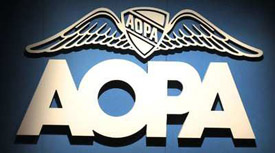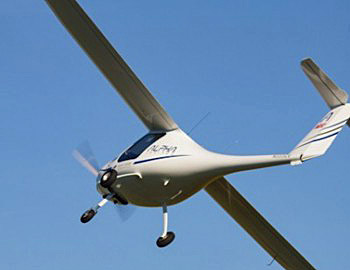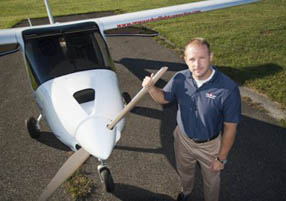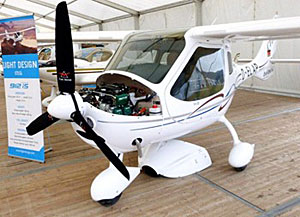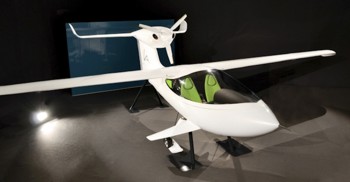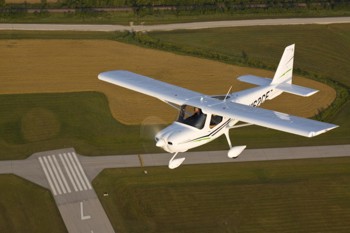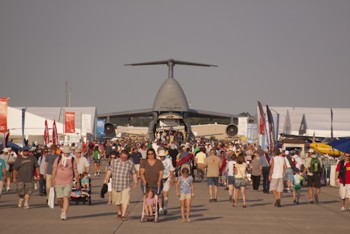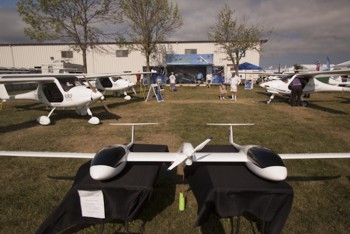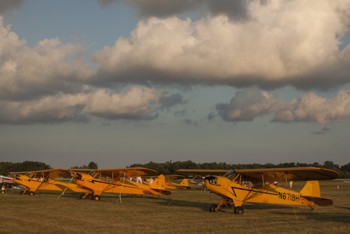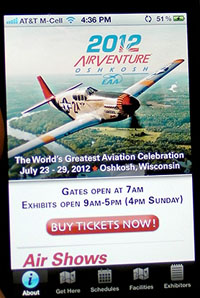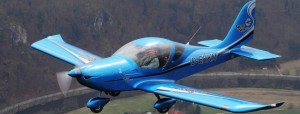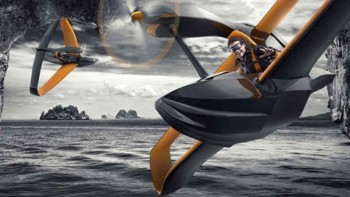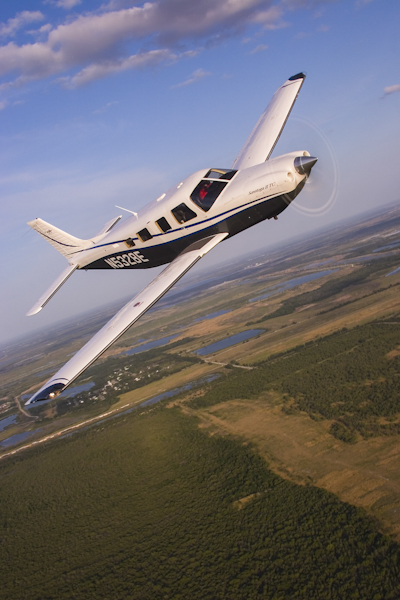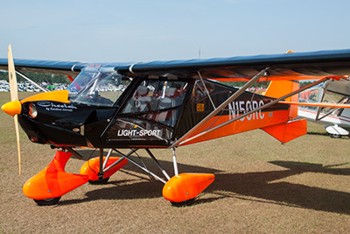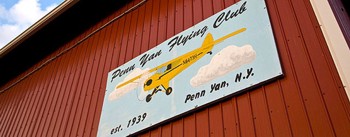
AOPA during its annual Summit convention that ended October 13th announced during the event a program that makes a lot of sense: a national network of flying clubs with the aim to grow general aviation at all levels. We’ve been talking about alternatives to the modern steep cost of private flying for some time now, and have advocated owner partnerships and flying clubs as clear alternative solutions to keeping costs under control, bringing more people into flight training and pleasure flying, and for that matter keeping airplanes from getting “stiff” sitting sometimes for weeks or even months, unflown, in hangars – because surveys and studies show most recreational pilots fly an average of just 50-100 hours a year, and in seasonal regions that can mean mostly in the good weather months. I’ve written of a veteran pilot I know who flies for an airline as an instructor/examiner – he’s the guy in other words who makes sure the other airline pilots who fly you and me are in top form.



